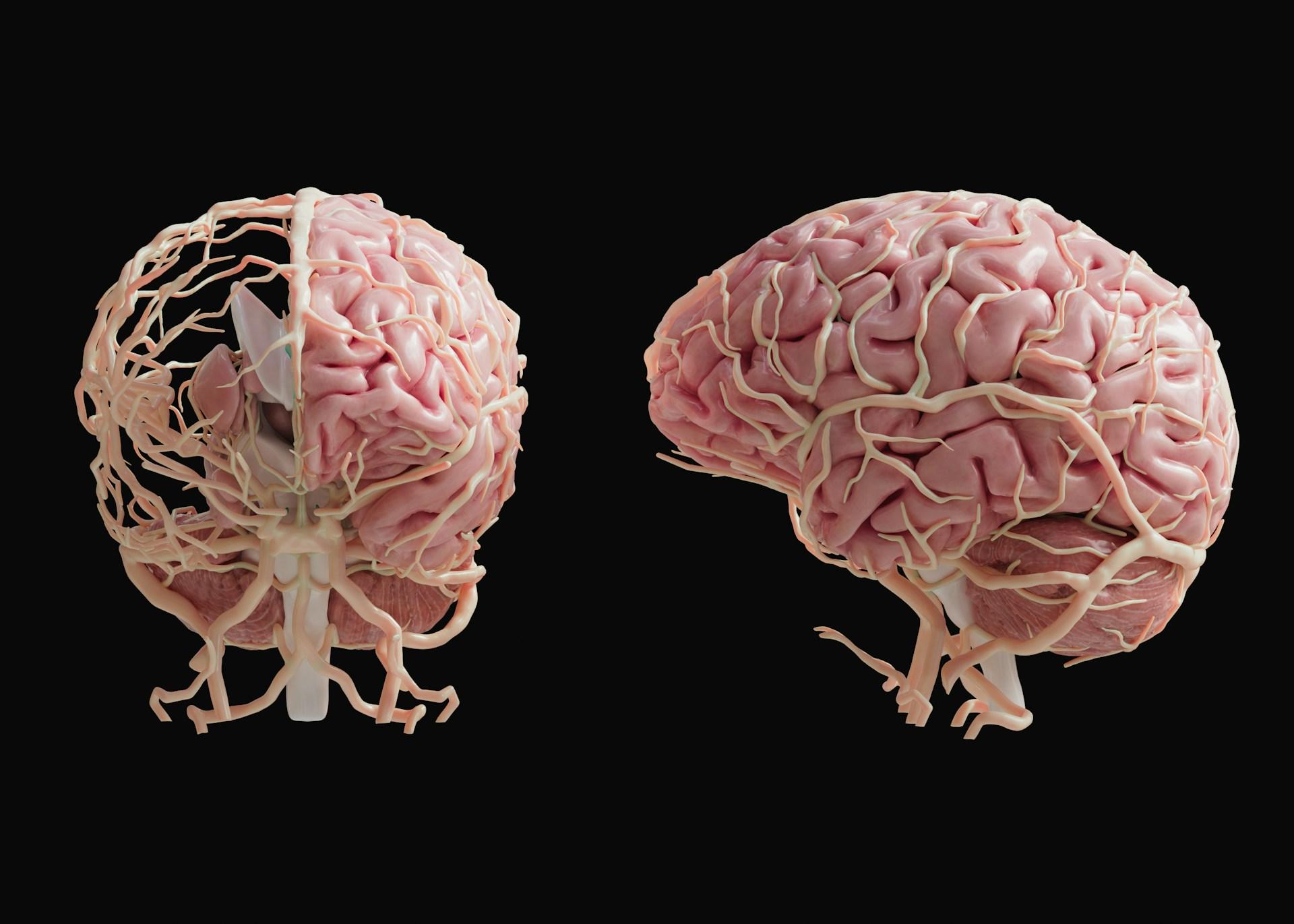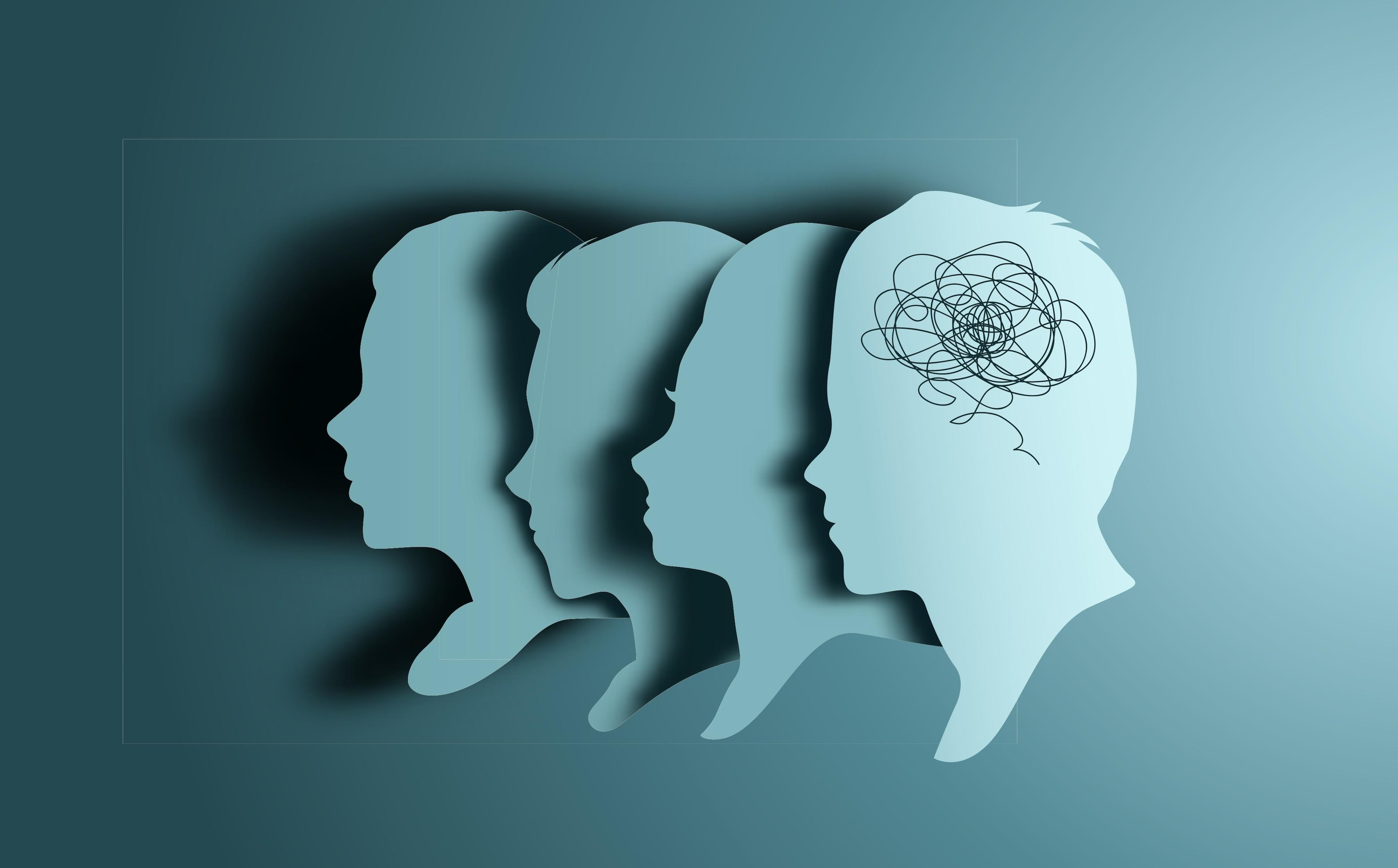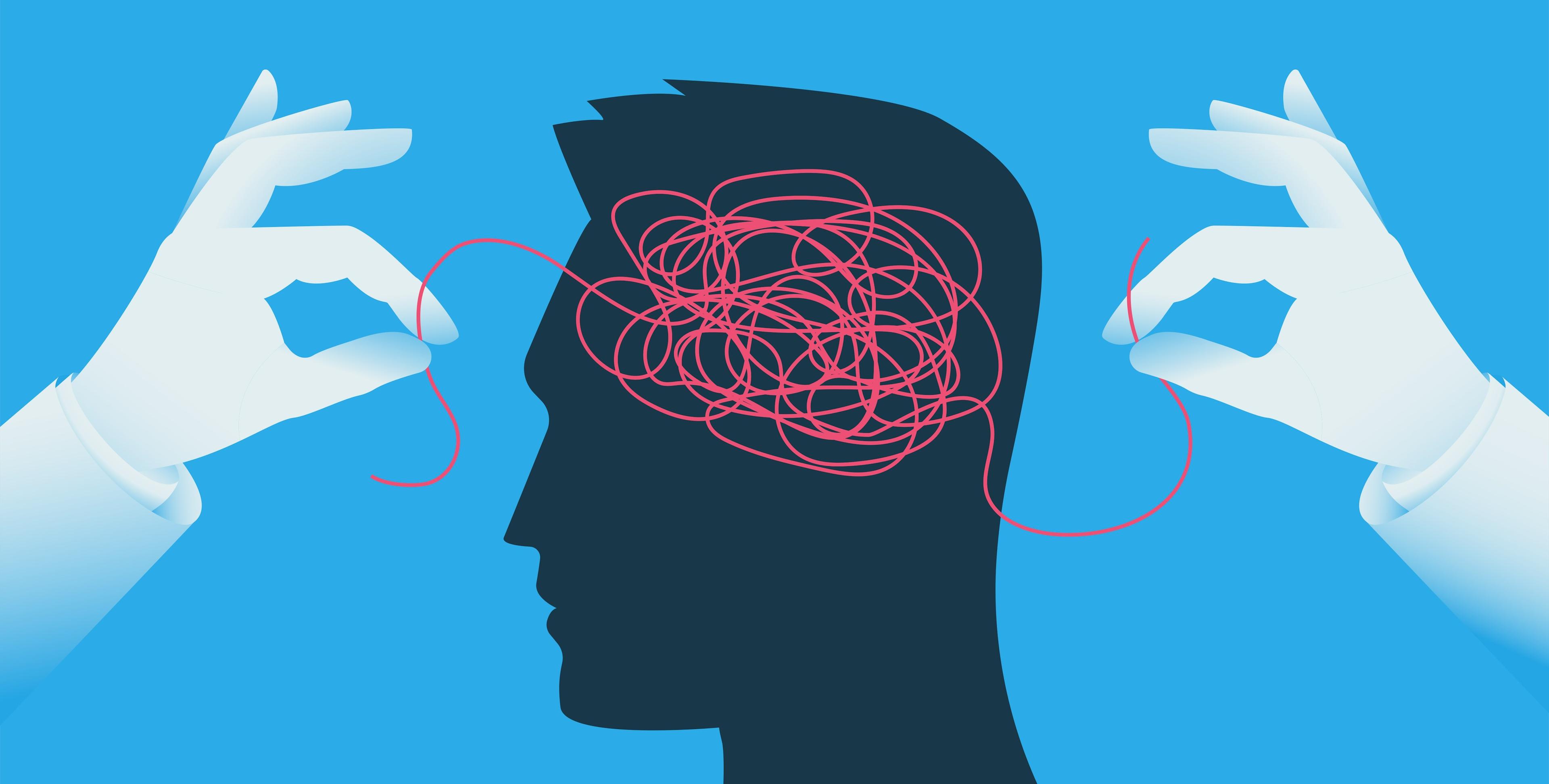You know the feeling before you can name it. The kettle clicks off, the mug waits, the tea bag sits on the counter, and somehow the steps between do not arrange themselves. You are a person who can run a busy day, yet your mind has mist on the windshield. Brain fog is not a diagnosis. It is a cluster of cognitive and sensory symptoms that can follow illness, stress, poor sleep, hormonal shifts, or simply a season of life that asks too much and restores too little. The clearest way to understand it is to watch how it lives inside ordinary hours. In a home that usually moves to a familiar rhythm, fog changes the cadence. The days still happen, only slower, heavier, a bit out of tune.
The first signal is slowed processing. You read a message and your eyes track every word, but the meaning arrives late. Someone asks a simple question and your answer drifts somewhere behind your intentions. It is not that you do not know. It is that your cognitive gears are moving with thick oil. In a kitchen, this looks like staring at a recipe you have cooked a dozen times and pausing at every step. In a living room, it feels like the television volume is slightly too loud, even when it is not, because your brain needs more quiet to translate what it hears. Slowed processing is not laziness. It is the mind requesting soft edges and extra beats between inputs.
Close behind comes poor concentration. Focus slips like a bar of soap. You sit at your desk and open a tab for a task you care about, then another for something you do not, then a third because the first two feel suddenly complicated. The attention you could once hold like a steady thread now frays in your fingers. At home this shows up as unfinished micro chores scattered across rooms. The laundry reaches the sofa but not the wardrobe. The compost goes out but the bin stays unlined. When concentration thins, the house accumulates these almost-finished loops. This is not failure. It is a sign that cognitive bandwidth is rationed and interruptions are quietly expensive.
Word finding difficulty often arrives next, and when it does it can feel strangely personal. You reach for the exact term and pull up its neighbor. You say “spoon” when you mean “ladle,” “Thursday” when you mean “Tuesday,” “the cabinet on the left” when it is plainly on the right. People who love language feel this as a small ache. The home reflects it in sticky notes that multiply, labels that appear on jars you never needed to label before, grocery lists with drawings rather than words. It is a practical kindness to yourself when the perfect name refuses to surface. It proves you still know the thing, even when the word takes the scenic route.
Short-term memory lapses are perhaps the most famous aspect of fog. The keys that should live in a bowl sprout legs. The phone you just set down becomes a mystery. You repeat stories to a partner and then worry that your repetition is the story. Memory in a foggy season behaves like a busy hallway. Items pass through, but doors open at the wrong moments, and what should land on the console table keeps walking. The gentle fix is not to command your brain to try harder. It is to design a simpler hallway. One tray for essentials by the door. One list on the fridge, not three. One calendar everyone can see. The symptom eases when the environment lends a hand.
Decision fatigue is a cousin of fog that likes to arrive disguised as indecision. Tiny choices feel like heavy doors. Pick an outfit, choose a lunch, select a playlist, reply to a message. Each asks for a clean yes or no, but the answer does not click. In a bright season you glide across these choices without noticing. In a foggy one, the mind keeps checking the same corners for reassurance. Around the home, the remedy is ritual. Batch decisions on a good energy day and let the plan carry you through the flatter days. Pre-set weekday breakfasts. Pre-pack a shelf with go-to pantry lunches. Choose a small uniform for work-from-home hours. Decision fatigue dissolves in the presence of gentle defaults.
Sensory overload is another core piece of the picture, and it tends to be underestimated. Light feels louder. Sound has edges. Textures that never bothered you suddenly register as too much. The brain is doing more work to filter the world, which leaves less power for everything else. Here the home becomes an ally. Dimmer bulbs quiet the evening. A natural fiber rug softens footfall in a hallway that echoes. Curtains with real weight turn a room into a nest. The symptom is not theatrical. It is physical. Calmer sensory inputs reduce the load on a tired cognitive system and give the brain a chance to breathe.
Mental fatigue ties all of this together. It is not simple sleepiness, though sleep often helps. It feels like the battery reads twenty percent even after a full charge. You can still do things. You just pay more for them. After a morning of tasks that used to be considered warm up, you feel as if you have done the whole day. This shows up in the afternoon slump that arrives earlier than it should. It shows up in the way conversation feels rewarding but costly. It shows up in the choice to read a page twice, then close the book and set it beside a plant because looking at something alive is a softer kind of attention.
Mood changes are common companions. Irritability has a lower threshold. Patience runs thin not because you are less kind, but because your brain is balancing more plates. A sink full of dishes reads as a bigger problem than it is. A missed call feels like an obligation, not a small square on a screen. Sometimes the mood flattening slides toward sadness or a foggy version of anxiety that is more static than spike. This is part of the same pattern. The mind is stretching and has less resilience for the bumps of an ordinary day. Gentle, predictable rituals are a home’s answer. Warm light after sunset. A walk that starts at the same time. A simple stretch sequence beside the bed. The body leads the mood back toward steadiness one small pattern at a time.
Sleep disruption both causes and follows brain fog, which creates a loop that can be hard to break. You may fall asleep and wake at three, or lie awake at midnight while thoughts circle like birds that cannot land. Mornings arrive with grit in your eyes. In a clear season you can ignore the pre-sleep hour and wake fine. In a foggy one, that hour matters. Screens carry more noise than they seem to, even with the sound off. The bedroom decor that once felt crisp now asks for gentler textures. Bedding that breathes, a heavier blanket that signals safety, a slightly cooler room, a phone that sleeps across the room rather than beside your head. These are small acts of design with a very human goal. They tell a busy nervous system to settle.
Clumsiness appears in quiet ways. You bump a hip on the same counter you have always navigated around. You pour water a little too quickly and miss the glass. You drop lids and misjudge doorframes. This is not a failure of coordination so much as a tiny lag between intention and movement. It grows when the home’s layout is tight and shrinks when pathways are clear. Sliding a chair two inches back from the dining table helps. Clearing the landing zone by the entryway reduces edge catches. Placing a tray beneath the plant you always overwater saves you from the mild frustration of wiping the floor three times a week. Clumsiness becomes less dramatic when your space forgives you.
Time distortion is a softer symptom that hides in plain sight. Minutes stretch and snap. You are late without meaning to be. Or you arrive too early because you have overestimated every step in the chain. Fog makes time feel less like a river and more like a series of ponds. The flow halts, then rushes, then settles again. At home the solution lives in visible clocks and gentle audible cues. A wall clock in the kitchen that you can see from the stove. A ten-minute chime on the phone when you transition from one task to another. Not alarms that bark. Bells that signal kindness and help your mind step into the next moment without a jolt.
People often ask whether headaches are part of brain fog. Sometimes they are, especially after long focus or screen time. The head feels full, as if the weather has changed inside it. Neck tension builds. Jaw clenching shows up. These are the body’s way of saying that the system is carrying more than it wants. The home answer is simple and repetitive. More water than you think you need. Breaks that involve standing and looking out a window at green if you have it, or simply at distance if you do not. A chair that supports you as you type rather than one that looks elegant and asks your spine to negotiate with it. Headaches do not always follow fog, but when they do, reducing small physical frictions is a kindness that accumulates.
Some people describe a floating confusion that has nothing to do with intelligence. Directions that once lived in muscle memory need to be read. Multi-step tasks ask to be broken down in a notebook. You sense that you are capable, and you are, but you must choose between speed and accuracy. Confusion in fog is often a sign that the instruction book in your head needs to be printed and placed where you can use it. Recipes displayed on a stand at eye level, not on a phone that sleeps mid-step. A weekly whiteboard by the fridge that maps meals, appointments, and shared chores. A small basket on the hallway table that holds outgo items so you stop staging them on five different surfaces. Confusion recedes when you let your space hold a slice of your executive function for you.
Motivation loss can be sneaky. It does not always look like avoidance. It can look like exquisite busyness around everything except the thing that matters. You water every plant. You wipe every counter. The one action you need to progress on stays untouched because it asks for a kind of clear thinking that feels like standing on a stone in a moving stream. In these moments, scale the task down until it feels almost silly. Instead of tidy the office, move the recycling out. Instead of write the proposal, outline three headings and close the laptop. A home that supports fog understands micro movement. It turns the tiniest forward step into a ritual you can feel proud of.
It is useful to name one more symptom that does not fit neatly into a single word. People in a foggy season often feel less like themselves. Not broken, just faded at the edges. The friend who remembered every birthday last year forgets two this month. The parent who built bedtime stories from nothing struggles to improvise and leans on the same book three nights in a row. The colleague who once connected threads in every meeting now prefers to listen and contribute at the end. Identity feels diluted by the energy cost of basic cognition. This is where the home has a role beyond functionality. Display photos from bright seasons. Place a favorite object where you see it often. Play music that matches the mood you want rather than the one you have. These are not decorations. They are cues that help your nervous system find familiar ground.
Understanding what are the main symptoms of brain fog is not about collecting labels. It is about building a kind, low-friction environment that respects what your brain is asking for. Slowed processing wants fewer simultaneous inputs. Poor concentration wants single-task design. Word finding wants patience and visible prompts. Memory lapses want one place for each thing. Decision fatigue wants defaults. Sensory overload wants gentle light and soft textures. Mental fatigue wants time that is not overbooked. Mood shifts want rituals that do not depend on motivation. Sleep disruption wants an evening that turns down the volume well before the lamp turns off. Clumsiness wants clear pathways. Time distortion wants visible clocks and kindly chimes. Headaches want hydration and distance gazing. Confusion wants instructions you can see. Motivation loss wants tasks so small they feel like invitations.
None of this requires a perfect home or a perfect day. It requires a space that learns with you. It might be a single shelf that holds what you keep misplacing. It might be a linen curtain that turns afternoon glare into a soft wash. It might be a rule that phones sleep in the living room and books live by the bed. It might be a hallway plant that you water at nine each morning so your brain knows it has crossed the start line. When fog lifts, keep the systems that make life easier. When fog returns, you will already have a map. A home that breathes with you will not make you invincible. It will make you more yourself, even on days when the edges blur.











.jpg&w=3840&q=75)


